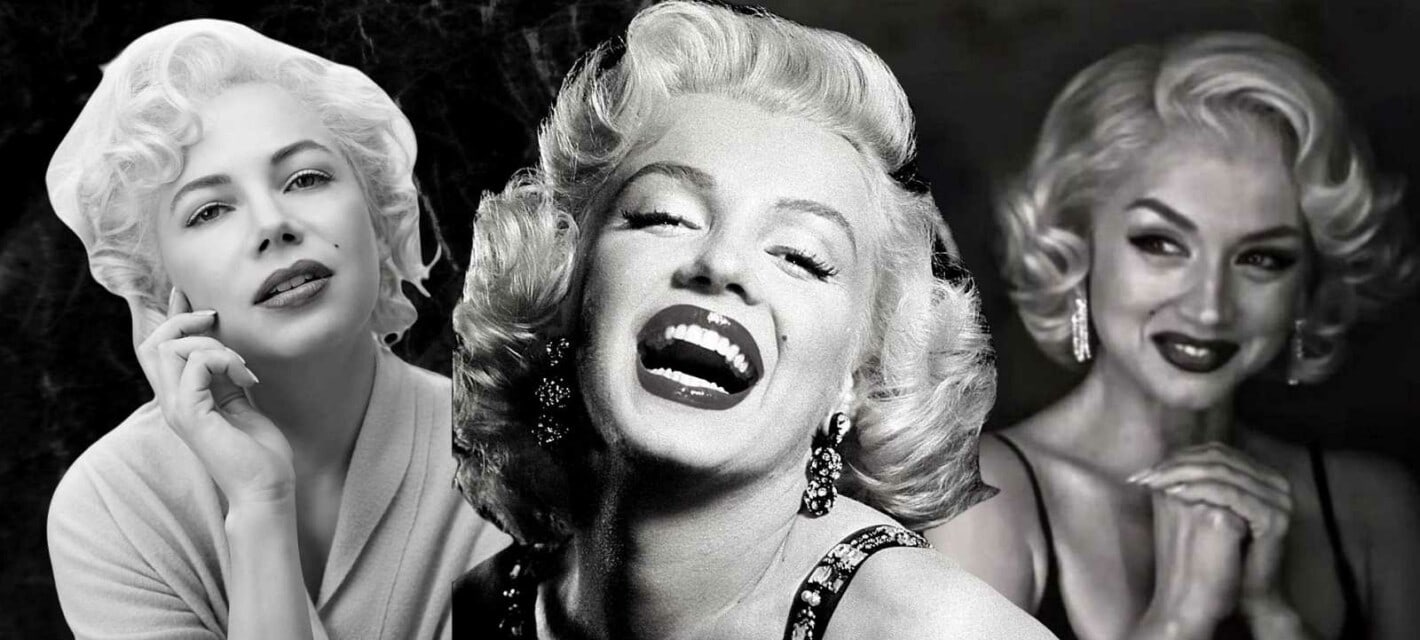When Playboy founder Hugh Hefner died in 2017 his interment took place in Los Angeles, at Westwood Memorial Park. Hefner was laid to rest in a crypt he had purchased in 1992, next to that of Hollywood legend Marilyn Monroe. Monroe had appeared on the cover, and as the first n-u-d-e centerfold, for the magazine’s first issue in December, 1953. Contrary to popular belief, Monroe did not pose for the then unknown Playboy. Hefner purchased existing photographs of the star for inclusion in his new magazine. The man who became famous as “Hef” simply exploited her image to help launch his publishing and entertainment empire. His use of Monroe’s image was part of a pattern which continues six decades after her death.

Marilyn Monroe has captivated the world since she first appeared on film in the 1950s, for her looks, her fragility, her relationships with powerful men, the tragic circumstances of her life, and for the mysterious circumstances of her untimely death. She became the epitome of the Hollywood “blonde bombshell”, though she was not the first, nor hardly the last. Her image, as fashioned by Andy Warhol, became a cultural icon in the 1970s. Her legend is a blend of fact, fiction, unsubstantiated rumors, innuendo, exploitation, surmise, and simple gossip. Yet in all, the real Marilyn Monroe is overwhelmed.
In 2000, a novel by Joyce Carol Oates was released, creating a new, fictionalized, Marilyn Monroe. Oates created fictional identities for many of the characters in her novel, leaving it to the reader to discern their real-life counterpart (such as “C” for Tony Curtis; or the ex-athlete for Joe DiMaggio). Her heavily fictionalized and salacious tale was the basis for a made for TV movie in 2001, and for the 2022 film Blonde. The novel and films exploit, and expand upon, legends, myths, and factually unsupported stories from the life of Marilyn Monroe, unfortunately believed by many to be biographical rather than sensational fabrication. Here is the story of Marilyn Monroe and some of the unsupported tales told about her over the decades since her death.

